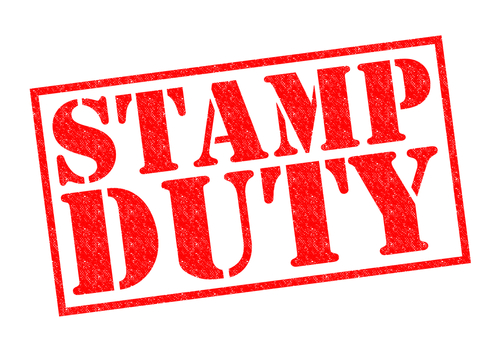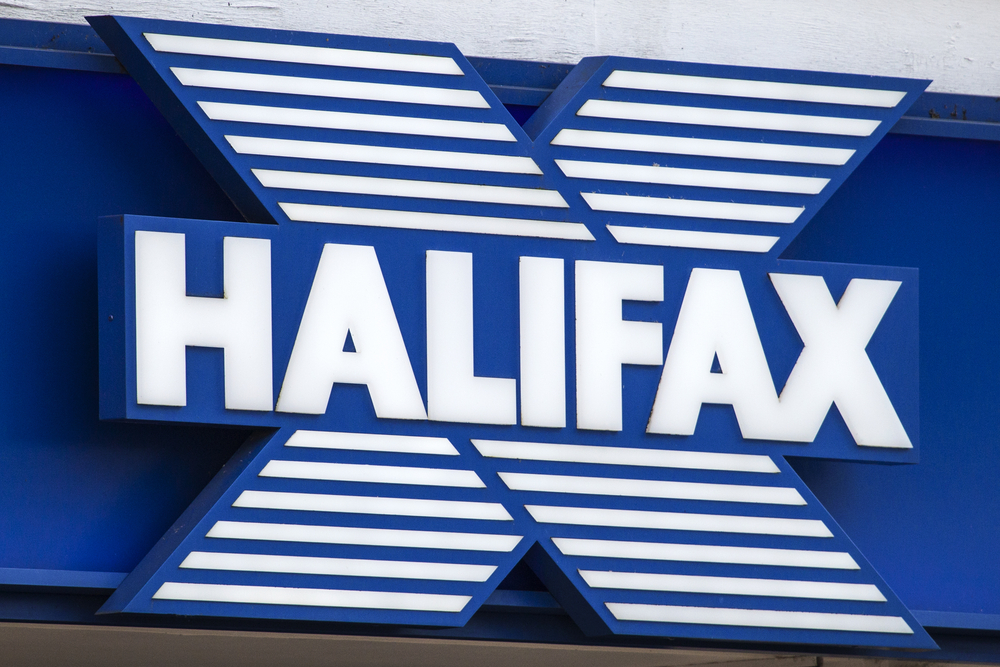
Stamp duty residential tax receipts fell 27% to £8.6bn in the year to 2024 from the year before, stemming back to the turmoil of the Liz Truss mini-Budget, HMRC figures show.
“This decrease is due to a combination of a fall in transaction numbers and policy changes,” says the department.
The nil-rate tax threshold for all purchasers of residential property and first-time buyers increased in the September 2022 Liz Truss mini-Budget.
This affected only half of the 2022 to 2023 numbers compared with all of the data from 2023 to 2024.
HMRC says FTB transactions that benefitted from the tax relief tumbled by 44% to 113,100 in 2023 to 2024 compared to the year before, with an estimated £540m saved, down 24%.
It says: “Part of the decrease is explained by FTBs purchasing a property with a price below £250,000 no longer having to claim the relief from September 2022 onwards.”
Among higher rates on additional dwellings receipts, paid by landlords, there were 191,500 transactions in 2023 to 2024, down 20% on a year ago.
The tax take on these properties came in at £1.2bn, also 20% lower from the previous 12 months.
In the mini-Budget in September 2022, then Chancellor Kwasi Kwarteng announced that the 2% standard rate for residential properties for the part of the property price between £125,000 and £250,000 no longer applied.
He also raised the thresholds for FTB relief so that these purchases were completely exempt for the first £425,000 of the purchase price.
But in November 2022 the government, under then Chancellor Jeremy Hunt, said these changes would be temporary and would last until 31 March 2025.



